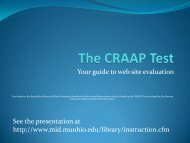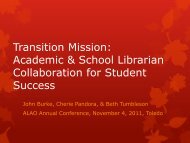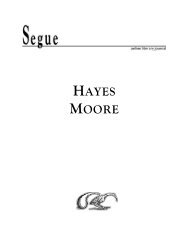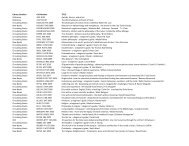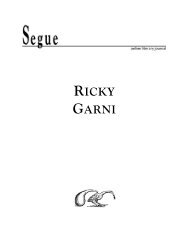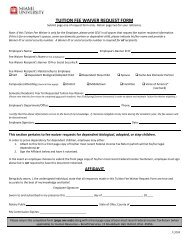Bibliography of Assessment Alternatives: Portfolios
Bibliography of Assessment Alternatives: Portfolios
Bibliography of Assessment Alternatives: Portfolios
Create successful ePaper yourself
Turn your PDF publications into a flip-book with our unique Google optimized e-Paper software.
Fingeret, Hanna Arlene. It Belongs To Me: A Guide to Portfolio <strong>Assessment</strong> in Adult<br />
Education Programs, 1993. Available from: Literacy South, Snow Building,<br />
331 W. Main St., Durham, NC 27701, (919) 682-8108.<br />
This is a short paper on the use <strong>of</strong> portfolios in adult literacy programs. Although the paper<br />
states that it emphasizes portfolios to assess skill levels, actual steps for implementation also<br />
imply their use as an instructional tool. For example, the first step is "clarify your beliefs<br />
about literacy and their relationship to how you work with students." Some assistance with<br />
student self-reflection is also provided. Not included are samples <strong>of</strong> student work, criteria, or<br />
technical information.<br />
(AL# 440.3ITBELM)<br />
Flanagan, Anna. Vermont Writing Portfolio Is Revised. Located in: The Council<br />
Chronicle, April 1994, p. 2. Available from: National Council <strong>of</strong> Teachers <strong>of</strong> English,<br />
1111 W. Kenyon Rd., Urbana, IL 61801.<br />
This document is a newspaper article on the status <strong>of</strong> Vermont's writing portfolio in grades 4<br />
and 8. It is based, in part, on a presentation by Ge<strong>of</strong> Hewitt. The article addresses Vermont's<br />
attempts to improve the scoring reliability <strong>of</strong> it's portfolios. The major change is in the<br />
design <strong>of</strong> the scoring guide.<br />
(AL# 470.3VERWRP2)<br />
Flood, James and Diane Lapp. Reporting Reading Progress: A Comparison Portfolio for<br />
Parents. Located in: Reading Teacher, March 1989, pp. 508-514.<br />
The authors describe the content <strong>of</strong> a reading portfolio designed to show student progress to<br />
parents. They suggest the portfolio contain test scores (norm-referenced and criterionreferenced),<br />
informal assessments (IRIs), samples <strong>of</strong> student writing at the beginning and end<br />
<strong>of</strong> the school year, student self-evaluations, and samples <strong>of</strong> the material students can read at<br />
the beginning and end <strong>of</strong> the school year. The article includes three-questions for students to<br />
promote self-analysis <strong>of</strong> reading processes, but does not include sample checklists or IRI's.<br />
(AL# 400.3REPREP)<br />
Forster, Margaret, and Ge<strong>of</strong>f Masters. <strong>Portfolios</strong> <strong>Assessment</strong> Resource Kit, 1996. Available<br />
from: Australian Council for Educational Research, 19 Prospect Hill Rd., Camberwell,<br />
Victoria, Australia, 3124, (+613) 9277 5656, fax: (+613) 9277 5678.<br />
The authors propose that all portfolios can be described along three dimensions: (1) purpose<br />
(formative assessment and diagnosis v. summarizing achievement at the end <strong>of</strong> instruction),<br />
(2) content (everything v. a small, select sample <strong>of</strong> work), and (c) who selects (student v.<br />
"external agency"). They give examples <strong>of</strong> what, in their opinion, are three basic portfolio<br />
systems that represent different combinations <strong>of</strong> these dimensions:<br />
<strong>Assessment</strong> Resource Library, (503) 275-9582 27 Portfolio <strong>Bibliography</strong><br />
(formerly Test Center) NWREL, December 1996




